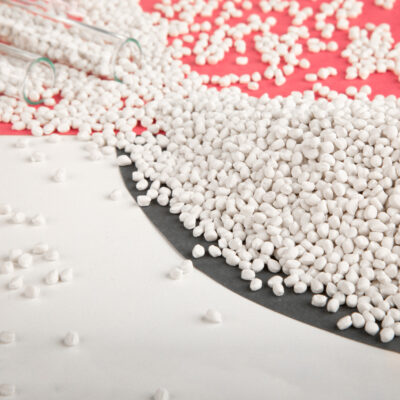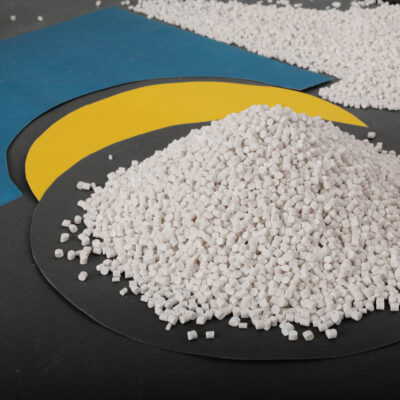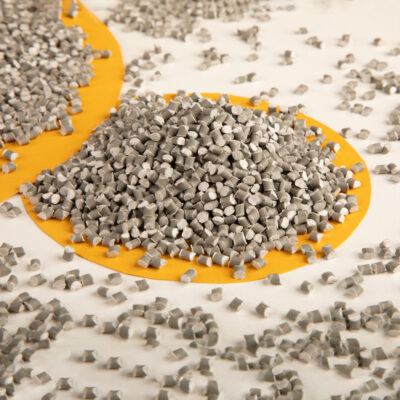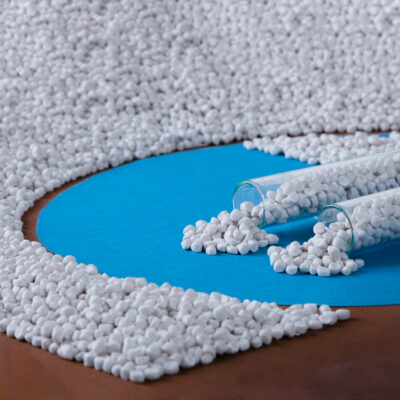compound
Calcium Carbonate Compound
The combination of calcium carbonate and polymers enhances the physical and mechanical properties of products.
It increases hardness, strength, thermal stability, reduces shrinkage, and lowers weight.
Applications include plastics, paints, paper, construction, rubber, and pharmaceuticals.
It reduces production costs, increases durability, provides UV and environmental resistance, and lowers environmental impact.
Proper particle size selection, polymer compatibility, quality control, and accurate usage levels are key.
Calcium carbonate compound is an affordable and effective material for improving the properties of polymer products across diverse industries.
Polystyrene Compound
Combination of polystyrene with additives for improved mechanical, thermal, and chemical properties.
High strength, thermal and chemical stability, low density, easy formability.
Used in packaging, household appliances, automotive, electronics, and injection-molded parts.
Low production cost, transparency, easy moldability, improved toughness.
UV sensitivity, limited thermal stability, need for specific additives to enhance properties.
Polystyrene compound with additives is a cost-effective, high-performance option in various industries.
Talc Compound
Talc compound is a combination of talc and polymers used as a filler in various industries
It provides thermal stability, increased hardness, improved surface properties, reduced shrinkage, and enhanced wear resistance
It is used in the automotive, household appliances, packaging, electronics, pharmaceuticals, and hygiene products industries
It helps reduce production costs, increase durability, improve surface quality, enhance thermal stability, and reduce environmental pollution
Choosing the right talc to ensure compatibility with the polymer, as well as quality control and optimal use, are essential considerations
Talc compound is a useful additive for improving properties and reducing costs in various industries
Calcium Carbonate Compound
It increases strength, improves thermal stability, and reduces polymer consumption and shrinkage.
Used in packaging, pipes, automotive, profiles, household appliances, wires, and cables.
It helps reduce costs, increase durability, improve performance, and save energy.
Selecting the right proportion, quality control, and process optimization are essential.
An economical and efficient material for enhancing polymers in various industries.





